Some people are more successful at kitchen improv than others. But cooking well without recipes isn’t so much about innate talent as it is understanding key equipment. And mastering the oven is at the top of the list. Winging it in the kitchen is easier once you familiarize yourself with oven temperature zones.
When you understand the five basic temperature ranges—and the foods that cook best in them—it’s easier to simply toss a chicken in to roast, bake up a quick bread, crank out some roasted carrots or whip up a pizza for dinner.
And since not all of this is intuitive—for example, a low oven is best for delicate custards, but also for braised meats, while an extra-hot oven is best for charring broccoli as well as quickly cooking tender fish fillets—we’ve broken down the most common oven recipes into the temperature ranges where they do best.
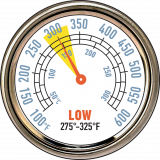 | Low (275°-325°F)Baked custard; dried beans; tough, long cooking roasts; stews and other braises |
|---|---|
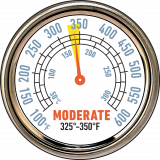 | Moderate (325°-350°F)Most baked goods (cakes, cookies, muffins, quick breads, etc.) |
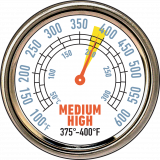 | Medium-High (375°- 400°F)Blind-baked pastry, pork loin, well-marbled beef roasts, whole chickens |
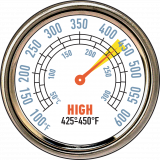 | High (425°450°F)Biscuits and scones, chicken parts, potatoes for roasting, puff pastry |
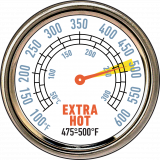 | Extra-Hot (475°-500°F)Fish fillets, high-moisture yeasted doughs (pizza, flatbreads, etc.), most vegetables for roasting |



